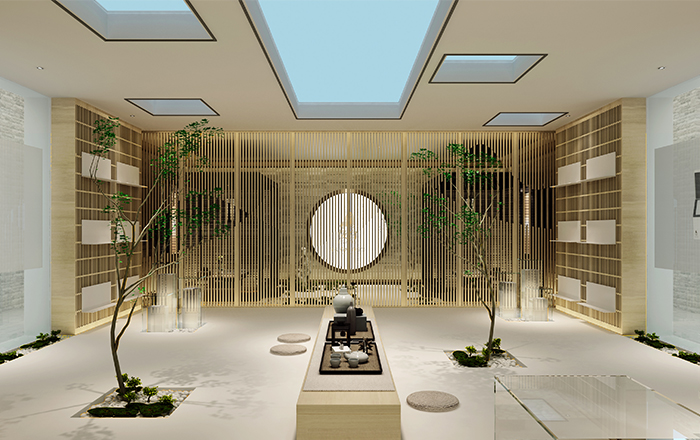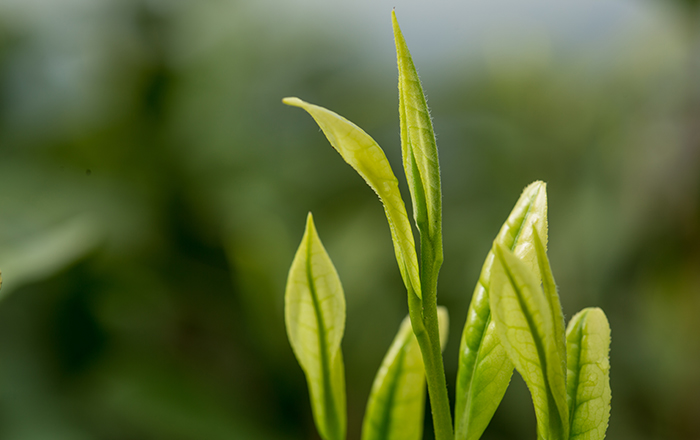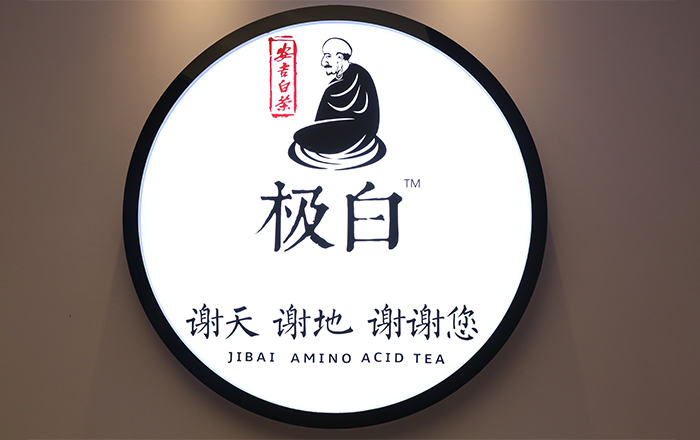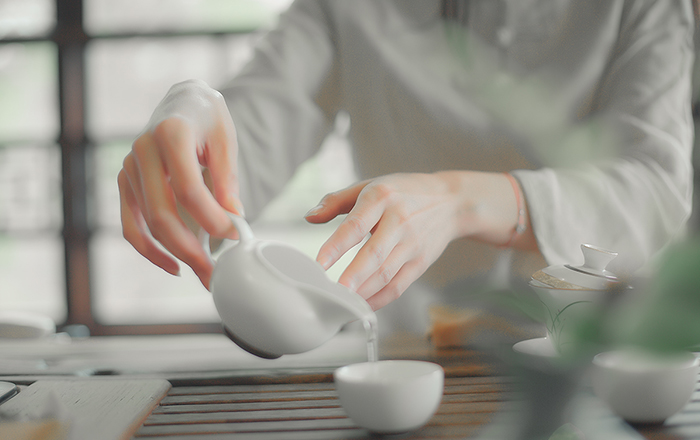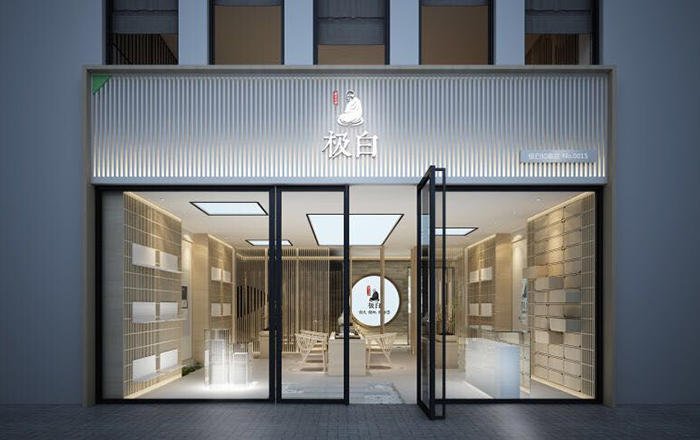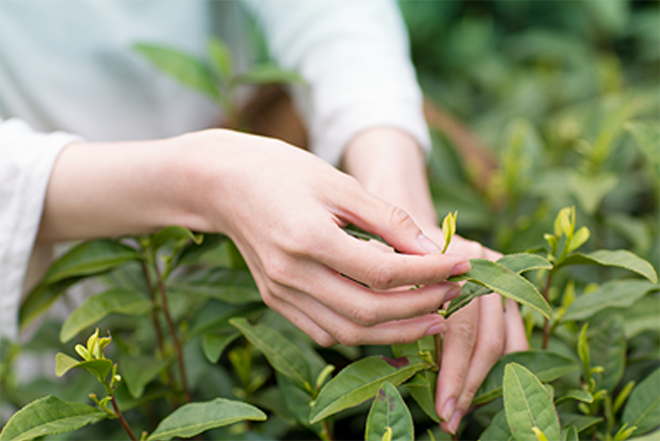Newscenter
At present, the evaluation of the quality of tea is still based on sensory perception, supplemented by physical and chemical tests. Sensory evaluation and identification method is to comprehensively put forward evaluation opinions based on people's visual, olfactory, tactile and other senses, according to their appearance, leaf bottom and color of tea soup, taste their taste and smell their aroma. Barber evaluation and identification method is to use various instruments to determine the moisture, ash, proportion of tea powder and stem content of pressed tea. It plays a certain auxiliary role in the review.
Green tea, flower tea, black tea
(1) Comment on dried tea
1. Whole crushing (uniformity): pour about two liang of representative sample tea into the evaluation plate, and rotate the plate with both hands in a certain direction for several circles to make the tea of different shapes divide into layers in the plate. The thick and light ones float on the top and the small ones sink at the bottom of the plate. The tea leaves in the middle are relatively uniform. The more tea in the middle section, the better the uniformity. On the contrary, if the proportion of thick tea above and small tea at the bottom of the plate is large, the uniformity is poor.
2. Cord: the tightness, thickness, oblateness and weight of the cord are directly related to the aging and tenderness of fresh leaves. The quality of tight and heavy is good, and the quality of fine and broken is poor. Pearl tea requires fine round and tight knot. Flat tea should be flat, smooth and straight.
3. Tenderness: the tenderness of tea is directly related to the quality of tea. Under the same conditions, the bud tip with high content of pekoe has high tenderness and good quality.
4. Color: black tea is red brown or dark brown, with good oily quality, and the quality of withered brown or flower yellow is poor; Green tea is emerald green or silvery gray (commonly known as frosting) with good light quality and withered yellow or dark brown quality. Black tea contains more golden buds and green tea contains more pekoe, which are high-grade tea. The dark green quality of flower tea is good, and the dry yellow quality is poor.
5. Cleanliness: the sample tea has more tea stems, petioles and tea seeds, and the quality is poor. Mixed with impurities, such as sediment, vegetation leaves and bamboo chips, the quality is even worse. Genuine tea cannot contain impurities, and vice tea cannot contain non tea impurities.
6. Dry tea aroma: grab a handful of dry tea, smell its aroma, distinguish the height of tea aroma, and check whether there is mold, rancid, smoke, coke, sour or other peculiar smell.
(2) Open the soup and evaluate the tea. Take out three grams of evenly mixed sample tea (the residual flowers of flower tea should be removed) and put it into the examination plate. Brew it with boiling water for five minutes. Pour the tea soup into another tea bowl, and pour the soaked tea into the plate. Identify the quality from the following four items.
1. Aroma: the smell of smoke and Coke without peculiar smell and slightly high fire is normal.
2. Soup color: generally, the thick and bright ones are preferred, and the dark, muddy and thin ones are less.
3. Taste: strong and mellow is the best, and the astringent is the second.
4. Leaf bottom: soft and bright is the best, and rough and hard is the second.
Evaluation of inferior tea
Due to poor collection or storage of tea, smoke, coke, acid, rancid, mildew, other peculiar smell and aging of tea are inferior or inferior tea.
Smoke (flavor) tea: during the production of tea, due to carelessness in baking and frying or other reasons, the tea is polluted by smoke, stained with a stream of smoke and reduces the aroma of tea. When evaluating tea, there is a smoke smell at the beginning, but it can't be smelled continuously, or there is a slight smoke smell. It can't taste when tasting. It belongs to lighter smoke (flavor) tea. When it is hot, there is a strong smoke, and the taste of smoke is also very strong. When dry, green tea is slightly black, dry green and moist, while black tea is dark or dark, which is a serious smoke (flavor) tea.
Coke gas (flavor) tea: in the production process of tea, coke gas is produced due to high fire temperature or uneven mixing and lack of diligence. It can be smelled when it is hot, but not obvious when it is cold. It is a kind of tea with light coke gas (taste), also known as "poison box". When you look at the spots on the head of the tea, green tea is dry or gray, and black tea is dry and dull. It is broken when you touch it with your hand. When you smell it, there is a heavy smell of burnt rice or pot. The bottom of the leaf does not shrink, with black spots or coke bars, coke flakes and coke powder. It is a tea with serious coke gas (flavor).
Sour tea: generally occurs in black tea. It is caused by excessive fermentation and untimely drying. Rancid tea: when dry smelling, there is a smell of rancid rice. After the soup is opened, there is still a rancid smell. Whether it is hot or cold, you can smell it, and the hot smell is more obvious.
Sour tea: hot smell or dry smell, can smell sour. The cold smell is not obvious. There is always a sour feeling when tasting tea.
Moldy tea: during the initial preparation of Mao tea, due to reasons such as not too dry or wet storage place, the water contained in the tea increases, the temperature rises and mildew occurs. Mildly mildewed tea has insufficient aroma when smelling dry or hot, and contains mildew. It is not easy to smell when smelling cold. In this case, if it is processed by reheating and baked at high temperature, the mildew can be eliminated. For the tea with serious mildew, the appearance of the tea has mildew flowers, obvious agglomeration, frost white or grayish brown. When the input sample disk rotates, there is white ash flying. When tasting, the smell is very bad. Looking at the color of the soup, black tea is dark, green tea is red and turbid, and there are powdery plankton floating on the soup noodles. This tea can not be used as a beverage, but can only be used to extract tea element raw materials.
Chen biancha: all the tea above the next year belong to Chen cha. Its color is dark and dry, the tea stem is broken and easy to break, and the broken part is dry brown. The tea seeds are withered and shrunk. There is stale air (commonly known as cold air) during wet evaluation and hot smell, and the cold smell is not obvious. The aroma is worse than that of new tea, which is big and turbid. Green tea turns old, the leaf bottom is yellow and dark, and the water color turns red. The black tea turns old, the leaf bottom is red and dark, but not bright, and the water color is dark and turbid.
Japanese fishy tea: after the tea is exposed to the sun, it catches the smell of sunlight, which is called Japanese fishy tea. The tea soaked in the cup has a rancid smell after a long sun exposure, which will seriously affect the internal quality of aroma and taste.
Color changing tea: all kinds of tea have different shapes and colors. If you remove its unique color, it is color changing tea. Green tea turns red leaves and red stems into discolored tea. The color of black tea becomes cyan. The light one is authentic tea, the heavier one is inferior tea, and the serious one is deteriorated tea.
All kinds of tea with easy taste: tea leaves are infected with easy taste after being infected by other substances with easy taste. Light ones affect the color, aroma and taste of tea, and heavy ones cannot be used as drinks. The evaluation of fake tea is not made from the leaves and buds of tea tree, but sold or drunk with tea, which belongs to fake tea. The appearance characteristics and contents of tea are different from other plants.
The way to identify fake tea is to observe the appearance: put a piece of tea in a floating plate and brew it with water for ten minutes. After all the leaves are unfolded, carefully observe that there are significant sawtooth on the leaf edge, glandular hair on the teeth, the sawtooth near the leaf base is gradually thinning, and the leaf base is generally triangular in shape. There are obvious reticular veins on one leaf, the main vein is obvious, and the branch vein does not direct the edge, and bends upward at two-thirds of the leaf to connect the upper branch vein to form a wavy leaf vein. There are silvery white hairs on the back of tea buds and tender leaves, and the tender branches are columnar, which is real tea, otherwise it is fake tea.
Identify the tissue morphology of tea: after putting the suspicious tea into 10% potassium hydroxide solution for 24 hours, put it into 5:2 water and trilobal acetaldehyde solution, fade the color, fully bleach it with sodium sulfite, put it under the microscope, and check the sponge tissue. What contains calcium oxalate crystals and dendritic stone cells is real tea, otherwise it is fake tea. Determination of tea element: select several suspicious tea leaves, mash them and put them into the test tube, add 0.5 ~ 1ml distilled water to boil, and then process 0.5ml recording after cooling. Violently vibrate the test tube, stand for layering, absorb a little recording solution from the lower layer with a fine glass tube, dry them on the glass sheet, and observe under the microscope. The tea element with needle like crystals is real tea, otherwise it is fake tea. Manganese inspection: put a little suspicious tea into the crucible, burn it into ash, bend one end of platinum into a small circle, burn it with a small amount of tea ash, and the green sodium manganate is the real tea. Then put a small amount of burning ash into the test tube, dissolve it with dilute sulfuric acid, add a small amount of nitric acid and a small amount of lead dioxide, stand for a moment, and the upper part of the liquid is purple (permanganate), which can prove the existence of manganese. It is real tea.
Precautions for review
1. Keep a cool head, concentrate, be careful and meticulous.
2. Before tea evaluation, you should quit smoking and alcohol, and do not eat irritating foods, such as raw onions, raw garlic, pepper and candy. Otherwise, it will affect the accuracy and sensitivity of smell when evaluating tea.
3. When checking the sample tea, check the upper plate, middle section, chassis and surrounding of the tea, so that the sample tea can be representative. Whether the samples are representative or not is the basis for the preliminary evaluation of tea.
4. When making tea, the amount of dry tea and boiling water should be in a certain proportion. Red, green and scented tea are generally 3 grams of dry tea, brewed with 150 ml boiling water; The secondary tea is 2.5G dry tea, brewed with 150ml boiling water; Oolong tea is 6 grams of dry tea with 110 ml of boiling water. The tea soup brewed according to this proportion has sufficient aroma, strong taste and obvious soup color.
5. The temperature and time of tea making water should be well controlled. In addition to pressing tea, the water for other tea making should be 100 degrees Celsius and the brewing time should be 5 minutes.
6. It is also important to choose water when making tea. Due to different water quality, it will affect the change of tea color, aroma and taste. The test shows that it is better to brew with soft water containing few calcium and magnesium compounds.
7. The utensils for tea evaluation must be special. The specification, size, shape and quality of the utensils must be consistent, otherwise the accuracy of the color of the tea soup will be affected.
ABOUT US
CONTACT US
Address: Jibai Anji White Tea Industrial Park, Xiaoyuan Street, Anji County, Zhejiang Province
Tel:400-011-1717 / 0572-5339888


Online Store
Copyrights© Anji Best White Tea Co., Ltd. All rights reserved
